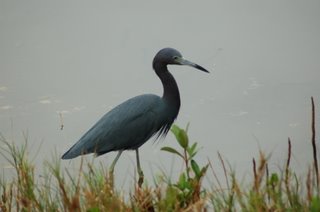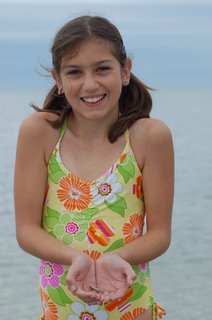
Most of us love living on an island, but let’s not kid ourselves, we really live in an estuary. Yes, on an island, but an island in an estuary. We are not a sentinel island standing alone in the sea. We are part of a magical place where continents, and the fresh water draining them meet the ocean. Estuaries are places of transition from one world to another, a cauldron of admixture, and in many ways a place of birth, reunion and rejuvenation. The most powerful forces on Earth, colliding.
If you’re like me, you feel a release, the moment you hit that bridge – west bound and home – to our little island. I’ve noticed the release comes when I first hit the bridge (the estuary), not always crossing to the island.
Estuaries are among the richest environments on Earth and oddly this richness blooms amidst eternal change. The fresh water brings with it a rich mixture of nutrients and materials from the continents – nutrients for marine plants to grow and flourish, which in turn provide the energy for vast and far-reaching ocean food webs.
Estuaries change – they vary in temperature, salinity, depth, nutrient levels, and the amount of sediment in the water. And, the pace of their change is rapid. They change with the tide, they change with the seasons, they change with the weather, and even the arc of the sun. To record environmental conditions of estuaries, scientists take measurements on a scale of minutes. Longer intervals allow changing conditions to go unnoticed. Electronic instruments that record various environmental parameters every several minutes are allowing us to better understand estuaries.
We are facing tough environmental challenges on our island. And rightly, many of us are at best, bewildered about our future. How we can help and what we can do to make things better – these issues perplex us. Often we are inundated by the onslaught of problems we face – what can we do? A first step is to recognize that our Sanctuary Island is not just an island, but part of an extensive estuary system. A system reaching from Gasparilla Island to our home here on Sanibel, and eastward into the middle regions of Florida. Estuaries are where rivers meet the ocean. The entire land region drained by a river is known as its watershed. So, really we are a part of the watersheds that are drained by the rivers that feed our estuary. Watershed management influences our environmental harmony.
A sanctuary island in an estuary that drains a watershed. Great, so how does this help us face our problems? We need to remember that we are not alone; we are a part of a system with shared problems and we will find shared solutions. It also helps me to realize our environmental problems are not acute, but chronic ones – we’re not running a short dash, but a marathon. We need to pace ourselves and make the appropriate choices to help conserve our island sanctuary in an estuary.
Most importantly, remember that we can solve our problems. If in doubt, just go to the beach and count the number of Brown Pelicans and compare that to what we saw thirty years ago. Once we recognize a problem and become dedicated to solving it, we can.
Over the coming weeks, I’ll be discussing our estuaries and small things you can do that make a cumulative difference. Until then, start to look at the big picture of estuaries. Find leaders who share your concerns and support them. Let’s walk through our environmental challenges with a clear eye and the faith that a positive outcome is possible.

 ay of seining at the beach. Katie Schroll, of Medina, OH is shown here showing off some of the many fish we were able to seine off the beach. The weather here was a little warmer than back in Ohio.
ay of seining at the beach. Katie Schroll, of Medina, OH is shown here showing off some of the many fish we were able to seine off the beach. The weather here was a little warmer than back in Ohio. 
